Vandy Rattana – Speaking of Something More
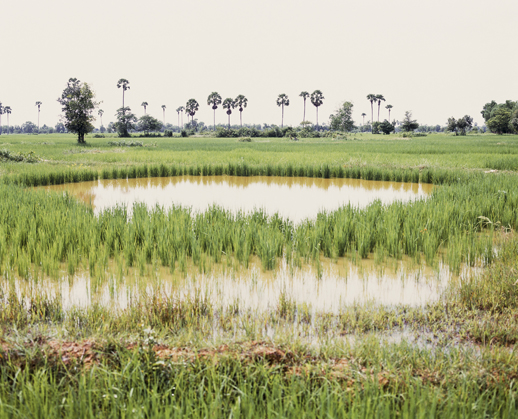
While casting an eye over the past, Vandy Rattana, draws upon a primitive human spirit to talk of the fraught condition of today’s modern society, contextualized within his home country of Cambodia. The paradox of destruction wrought in the name of advancement, the labor of the individuals behind the global trade, scenes of displacement and latent violence, combined with nature’s ability to absorb this, are all glimpsed within the surfaces of his works. TAB interviewed him during his residence in Tokyo with Arts Initiative Tokyo(AIT) this summer.
What interesting developments are happening in the Cambodian art scene these days?
We still have a small art scene, essentially centered around Phnom Penh and Battambang, and there aren’t really any new platforms emerging. In fact we’ve just lost a major space in the capital, Romeet Gallery, which established by the pioneering, Battambang-based art school, Phare Ponleu Selpak, to promote the work of its graduates.
Rather than the movements of institutions I am interested in the work of individuals. Take the young artist Robit Pen for example – He is really hardcore you know. One night I was at his studio and he bought out all of his paintings for me to look at. Together with him I chose a few that really stood out. Then he said “Ok, I’ll take these and I’ll destroy the rest,” and so he just painted over the others. He approaches painting like a photographer – He is selective and disposes of the rest. He paints like he takes pictures. He is a really strong artist working in Cambodia today, and is also well read for someone of his age, with a broad grasp on the span of art and art history. He is an artist who has the confidence to talk about his work.
Is it important to communicate verbally about works of art?
Yes it’s important. Art work is too muted. We need to talk over its silences. In Cambodia it is very basic, not much dialogue is going on. There is a separate community between Phnom Penh and Battambang. There is discussion going on but I’m not sure on what level. I’m concerned for the quality of that discussion. It is not just a case of talking, but speaking meaningfully.
You are now based in Taiwan but is your work still contextualized within the environment of Cambodia?
I was in Cambodia for nearly 30 years, then the opportunity came to leave and I had to say “Yes.” Now I am based in Taiwan but may move again. But at the moment it is good to be able to go back and forward between Taiwan and Cambodia. Although I am based outside the country itself, most of my work centers upon Cambodia. Some artists try to make art abroad but for me it’s too opportunistic. I carry enough of the Cambodian story within my own life. It’s already complicated enough. Having said that, my work is not about Cambodia – it’s about human nature – it’s touching upon something really primitive.
Has text and language always played such an essential role in your work?
It’s developing. It’s an area which I have recently been trying to push forward. I have a conflict with the art object – I’ve opposed it for a long time, resisting this abstract work which doesn’t talk. I have to admit I don’t understand work I see in the big museum – they don’t say anything about the world, the universe, life – it’s too arrogant in a way. I’m looking to have a conversation in another way.
Do you use text in your work then to act as a bridge between art work and audience?
Yes, it’s about building up a dialogue which extends beyond an object.
The issues of land rights and forced evictions are well documented in Cambodia and authorities and corporations alike continue to abuse their positions. This appears to be a topic which many Cambodian artists have attempted to confront in recent years.
Yes – As you know in central Phnom Penh there was a huge eviction of 16000 people or more around the Boeung Kok lake area. I followed one particular family in that struggle, but eventually they had no choice and with government buyouts of up 10,000 USD, these poor households couldn’t refuse. (Boeung Kok Eviction 2008) The particular family I documented moved out from Phnom Penh completely and went to live further south. They had lost their home in the city and could no longer afford to stay there. There were some demonstrations, but at the end of the day if you don’t cooperate the police will come. This is the reality of a country still ruled by greed and violence. There are protests against the government on a daily basis but nothing will come of it. The opposition is just the same, exploiting people’s fears, stirring up racist aggression….I never believe politicians they are too ignorant.
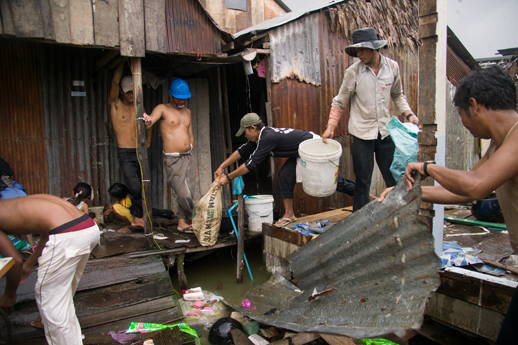
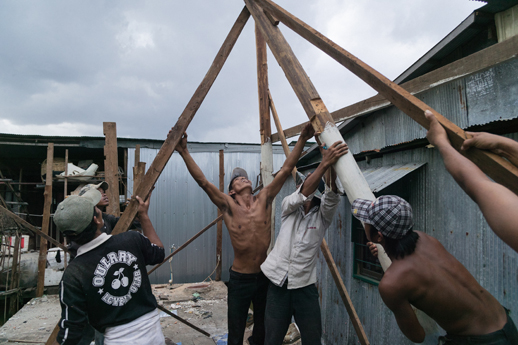
You have also co-founded the publishing group Ponleu Association in order to allow greater access to international publications in the Khmer language. Is education an area you are interested in?
Well we need education for democracy. People have a choice when they are educated. But in Cambodia we don’t have a choice, we obey, we conform to a narrow set of values.
Cambodia has a very specific history and continues to face many wrenching issues. But now that you have come to Japan for three months what observations have you made here?
Well I can’t talk about Japan specifically but in Asia as a whole we see that many conform to tradition and have a resistance to criticism. Europe has a long history of questioning, a culture of debate upon democracy and value which has built up over thousands of years. While it seems to me that Asia has only been grappling with these questions of democracy for less than 100 years. There still remains a strong feudalistic characteristic. We only rush towards the realism, the promise of economy. This alerted me towards philosophy – maybe this is the only way to reach euphoria
Well Europe might have that history but it’s not looking very rosy right now is it?
Well we have to question the relationship between education and real prosperity. I believe perfection exists somewhere but we never try to find it. There are many small tiny parts existing across scattered sites but we can’t put it together. We don’t know what perfection is. Do you ever question what is the question? People use it as a pretext when they can’t answer something, claiming “Oh we’re not perfect.” My work certainly isn’t seeking out that perfection but it is claiming a ground against easy answers and the shirking of responsibility. Yes you are perfect. You are a perfect prime minister. And war the perfect crime.
How did you come to photography as your central medium?
I started out in photo journalism. I went on a photography course and I had lots of teachers. Actually at that time I was studying Law at University but I couldn’t finish as things were becoming too political. So I stopped after two years. But through my art history course I met Erin Gleeson (now director of Sa Sa Bassac) and through the tasks she set I started writing about art and found that I love to write, beginning to focus my energy into this. At the end of the semester she invited me to join in an art project in an art festival. So I put my work into the show. She didn’t ask me to be a painter or a writer, but as a photographer. But of course everyone would like to take pictures some time. So I gave it a go and had some interesting results. And then people started calling me an artist. They say I am making art. Who me?
It’s not necessary to call it art, but I do what I do.
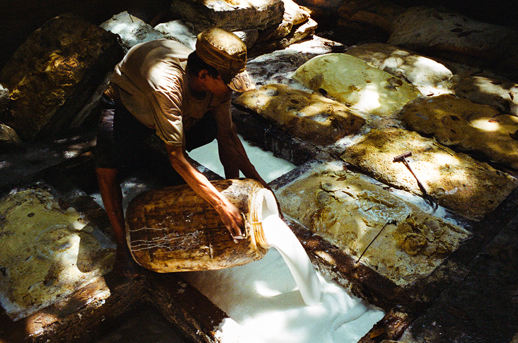
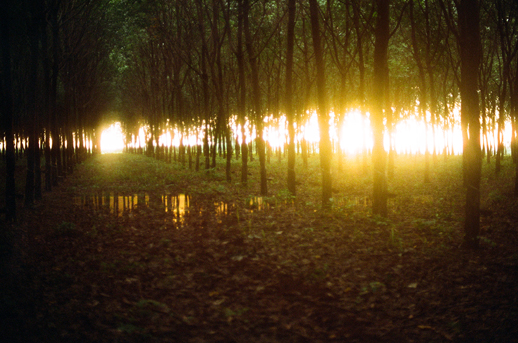
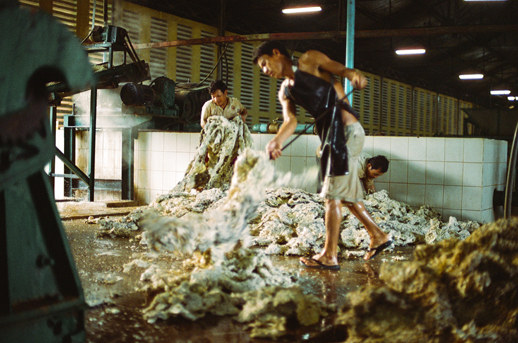
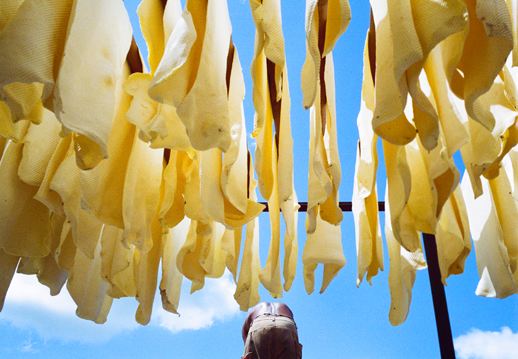
You then came together with a collective of artists?
In 2007 I was one of the 6 members who founded the group Stiev Selapak, and in 2007 we opened Sa Sa Art Gallery. We came together with the aim of pushing each other forward in what we could achieve in our individual projects, sharing knowledge and skills, as well as collaborating on new initiatives. I really wanted to change something within the Cambodian art scene and actively build a new platform, as well as a market for young artists’ work which would enable them to sustain their practice. We also established the project space in 2009, where we intended to hold regular workshops and encourage new generations of artists, especially photographers. I thought if we could connect artists with curators and collectors then this would not only help individual careers but also build a thriving community. But unfortunately it is very difficult to find that balance between being an artist and running an art space, and with an array of personalities and different levels of commitment I felt I was taking on too much of the work solely upon myself and so in the end I had to take a step back. It was a shame that we could not quite share the same understanding, and could not establish a market at that time.
Now several years on it seems there is a rising interest in art from Cambodia. This has been highlighted by the “Season of Cambodia” which took place in New York in 2013 for example. While it is great these platforms allow new emerging artists to be uncovered, at the same time do you have any concerns that artists are somehow selected to “represent” Cambodia in some way?
I try to avoid that. I don’t want an opportunity just because I’m Cambodian. But some artists push this and the museums always reiterate “Cambodia, Cambodia, Cambodia…” When I work with an institution I want it to appreciate my individual work, separate from my Cambodian background. I am not going to be a flagbearer for “art from Cambodia,” and be pushed under that umbrella as some form of cultural ambassador. Unfortunately there are very few artists in Cambodia. As you know a whole generation of artists was wiped out. If someone is looking for artists from Cambodia they only have a small group to choose from. But I think this is also an institutional problem within Cambodia itself, as galleries have failed to build up a market which could produce a real discourse around the artists’ work rather than approach them as a brand.
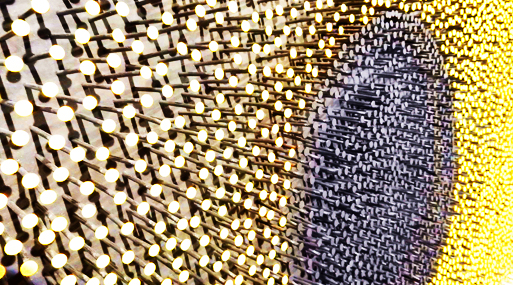
What have you been working on recently?
I became very clear during this residence – I have to stop making this kind of sculptural work. [Laughs] This was my first time to make objects and probably my last. It’s so tedious! But it has given me the confidence to move onto something else. It’s a kind of relief, to have got something out of my system. As part of my residence show you saw, I presented Monologue which is a personal story of how nature has come to literally embody death. (It tells the story of a character traveling to the grave of a sister he has never met, presumably lost to the mass killings by the Khmer Rouge, a grave which is marked only by two mango trees in a rice field) I am developing this into a triptych to be shot throughout this year. I will be filming the next one The Landscape of Time in Cambodia in August and will complete it with the final film The Funeral of My Father. These works are about what is beneath the landscape, what unseen violence we walk and feed upon on a daily basis. Here the words become most central and the images are just an accompaniment as it were, but through this combination a simple scene of rice fields, is revealed as it really is, a brutal space of killing. But it is not necessary to say this directly, and still we encounter taboo around this subject so it is subsumed into the passing of time.
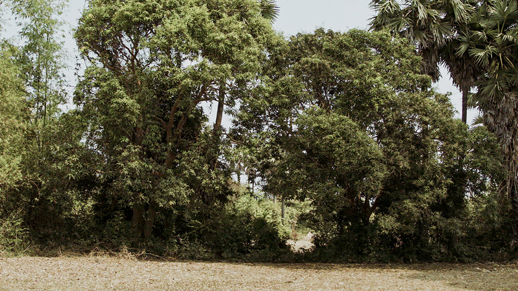
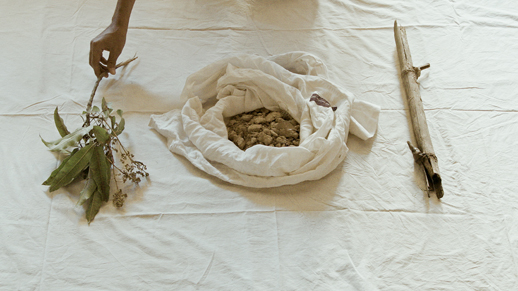
Your work is strongly connected to the history of Cambodia, yet it is universal, something which speaks to each individual.
Many artists frame their work through Cambodia’s traumatic past but it’s not necessary to reference the Khmer Rouge anymore in this way. It is already a given. The presence is everywhere. But what is the Khmer Rouge? We can not put our finger on that. It is something which haunts you. Something you constantly carry with you.
By the very nature of photography, your presence is essential in the act of taking the photograph. How do you approach or tackle this in the work?
It’s very subjective, you invent a new reality. But I try to leave an objective atmosphere which allows people to enter into the work. I try not to frame things too much. When I worked with a newspaper as a photo journalist they always cut the image. Always exacting the truth. It made me very angry. In Bomb Ponds, for example, I don’t try to find a unique angle. I just take the shot from the stretch of road people usually pass by, a view which most people would see, and I avoid going into the rice field and taking the image from an “alien” angle. The first thing you have to learn in photography is that as soon as you look through the view finder you already destroy the reality.
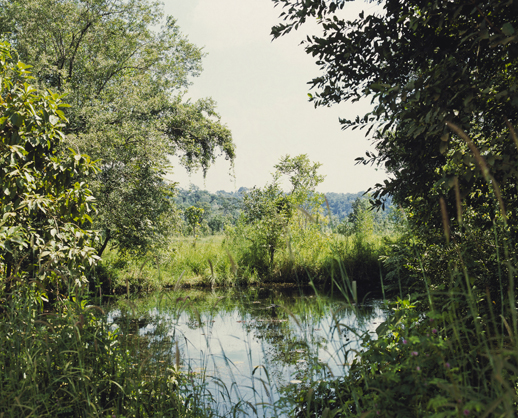
Can you counter this with video?
Well this is what I am hoping to explore in many ways as you can encompass multiple perspectives over time, but still time is also highly subjective.
Have you joined residences in the past?
This is my second residence. And to be honest artist in residence programs are not the ideal situation for me to make work in. Of course you have a dedicated frame of time for your artistic production, but even if I have a three month residency, actually I only have one month to make work, then I have to the open exhibition, and then have all these meetings, etc. If I didn’t join such a residency program I could have six months, one year to develop an idea. Also in a residence you have to be very social and actively meet many new people. But I’m not very good at that. As an artist I want to be alone, I enjoy the solitude and freedom. It’s just too easy to be distracted by another environment. That’s why Taiwan is so good. No one knows me, so I can concentrate. But of course I don’t want to completely disconnect myself from the world.
Your nomination for the Hugo Boss Award has just been announced. How do you feel about that?
It was a surprise for me. I just got an email from some guy asking to see my portfolio earlier this year. I didn’t know anything about him, but I just send him a link. Then just as I arrived in Tokyo a few weeks ago, the AIT members were congratulating me.. “You’ve been nominated for the Hugo Boss Award!” But I never expected anything like that.
Mentioning AIT, they are a group who has really pushed for an alternative form of art education and stirred a critical dialogue amongst students and professionals alike. Are there particular discourses which you are drawn to within the art field?
To be honest, despite what I previously said, I rarely discuss art. I’m more interested in physics. I love Einstein. Physics is very romantic, poetic. It’s so beautiful all of these explanations as to how the universe works, finding abstract mechanisms for the reality we touch before us. Of course I can’t claim that I fully understand it all, and I even have childhood trauma over algebraic equations, but that is what I find most engaging these days. In fact artists should become more like physicists.
Vandy Rattana was in residence with Arts Initiative Tokyo(AIT) between May-July 2015 and presented his work in a joint exhibition with artist Kanitha Tith, “Today of Yesterday” at Yamamoto Gendai from July 11-25. AIT is a collective of curators, critics and art professionals who have been working together since 2001 with a focus on an alternative art schooling program “Making Art Different”(MAD) aimed at young people making their way in the art scene. They also established the artist in residence program in 2004 and with the support of various foundations are able to invite artists regularly throughout the year. http://www.a-i-t.net/en/about.php
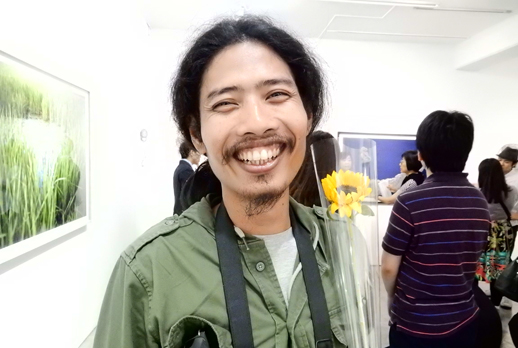
Emma Ota
Emma Ota



